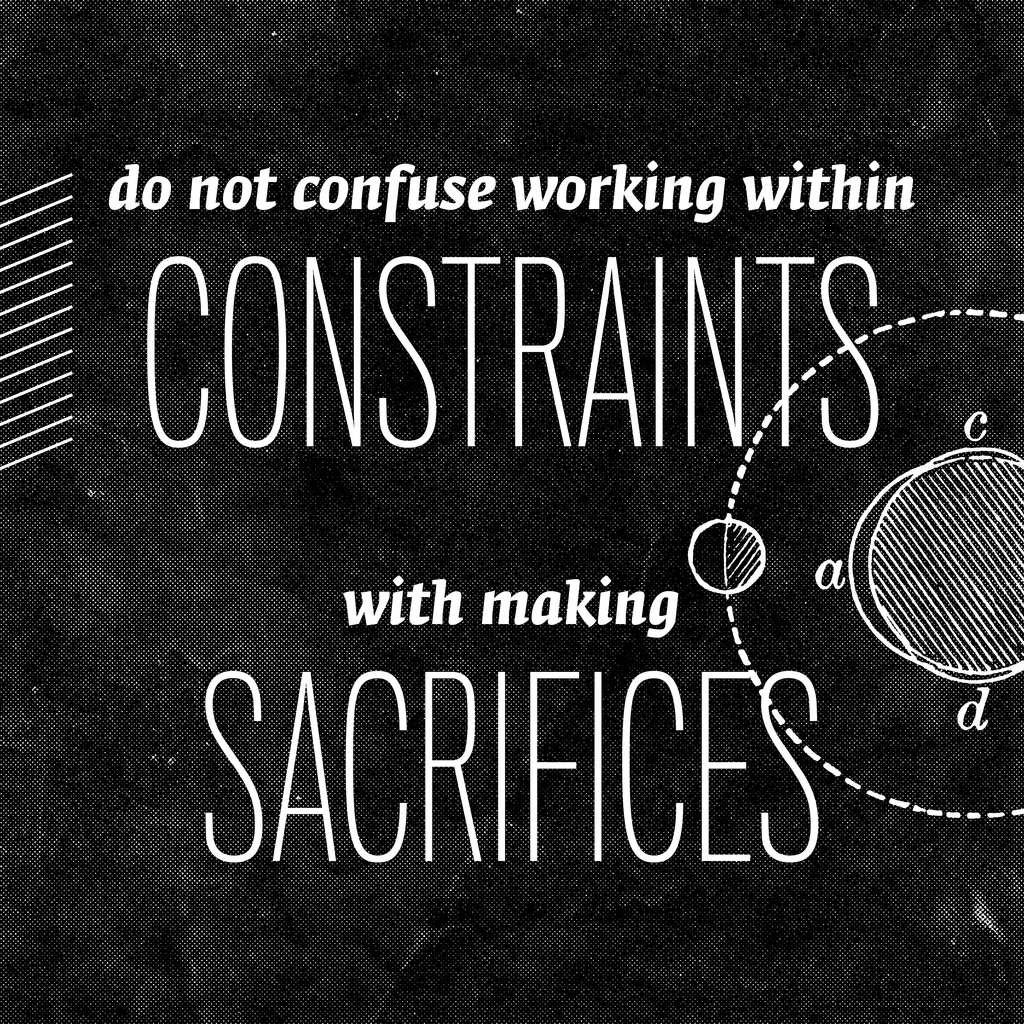
This week I wanted to write a post about the concept of documenting.
I love taking photos. A lot. My iPhoto library will back me up on that one. But do I, and those of my generation, purportedly raised by the internet, take too many photos? Do we forget to be ‘in the moment’ whilst we’re documenting the moment?
This is a very common thread of ideas, often spouted by older generations who talk about the time when they only have one roll of film to last them a month and you had to be scarce with your photo-taking opportunities. That’s great, and it worked for them. But I love that I have the power, technology, space (physical and digital) to take as many photos and videos as my heart desires. I embrace it as part of the culture I’m a part of.
But that doesn’t mean I don’t often stop and think about whether I’m taking more time ‘getting the shot’ than I am enjoying the surroundings. Whenever I go to a music concert, I want to be able to remember all of my favourite bands singing all of my favourite songs, so I will often take video footage of them. But sometimes, I find myself watching their live performances unfold through the screen of my camera or smartphone instead of looking directly at the action unfolding on the stage.
But I wouldn’t sacrifice the memories attached with having these photos and videos. I love reminiscing and being able to go back and relive the excitement from my prized moments of adventure again and again.
I watch a lot of YouTube, and some of my favourite vloggers often attend YouTube conferences, meet-ups and parties. With vlogging camera at (a flattering) arm’s distance away, then let you into their world and what they’re experiencing. But in there ‘performance’, are they forgetting to experience their surroundings simultaneously?
Around the same time I was thinking about all of this, one of my favourite YouTubers published this video:
I like how she talks about the connections and relations you make with people when you’re not worrying about the ‘post-production’ or ‘editing’ of these moments (both real and metaphorical). I think this relates into the conception of meaning-creation that we’ve been looking into this semester in IM1, but more importantly, I love how digitalised content can allow you to relive those moments of connection again and again… in full HD.






